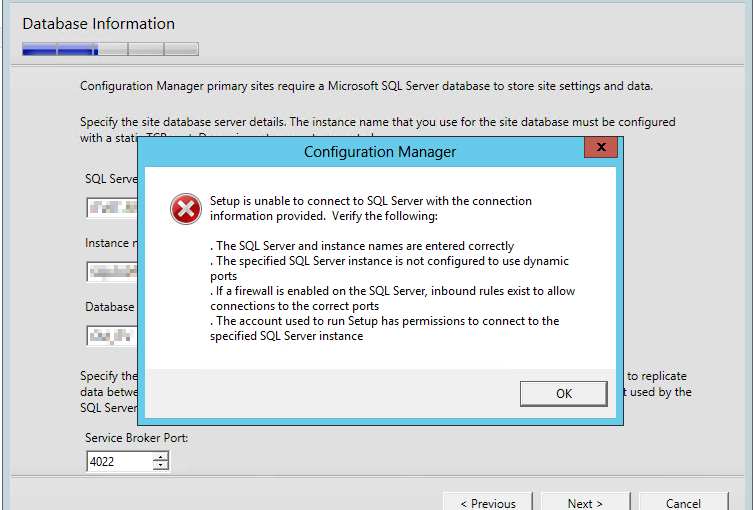So around now is the annual SSL certificate renewal for most of our internal servers, and I thought it would be a good idea to check them all for SSL/TLS vulnerabilities. A quick Google later, and I’m looking at Qualys Labs SSL Server Test. The scan is nice and shiny, and give an instant (2-3 minute) overview of a server’s security. It also takes care of DNS round-robin to make sure all your servers are handled (though sites with HLBs or similar may need more attention).
Continue reading Testing for SSL VulnerabilitiesCategory: Microsoft
Non-matching records in T-SQL One-to-Many Relations
I was recently tasked with finding all the people in our CRM software that lack email addresses, and with around 3000 contacts, there was no way I was going to do it by hand. SQL to the rescue!
There was just one issue, email addresses are stored in a different table to allow each person to have multiple addresses on file. After a bit of digging around, I came up with this:
SELECT
T.FirstName,
T.LastName,
T.CompanyName
FROM (
SELECT
CRM.dbo.Companies.CompanyName,
CRM.dbo.People.FirstName,
CRM.dbo.People.LastName,
CRM.dbo.Emails.EmailAddress
FROM CRM.dbo.People
LEFT JOIN CRM.dbo.Emails
ON CRM.dbo.Emails.PersonId = CRM.dbo.People.PersonId
LEFT JOIN CRM.dbo.Companies
ON CRM.dbo.Companies.CompanyId = CRM.dbo.People.CompanyId
) AS T
WHERE T.EmailAddress IS NULL
Let’s go through this line-by-line so we can see exactly what it does.
Continue reading Non-matching records in T-SQL One-to-Many Relations
SCCM & SQL
Today I decided to install SCCM to see if it would help with the WDS work I have been doing.
After a quick download from the Microsoft website, I kicked off the installer, only to find a nice helpful error message:
Setup is unable to connect to SQL server with the connection information provided. Verify the following: - The SQL Server and instance names are entered correctly - The specified SQL Server instance is not configured to use dynamic ports - If a firewall is enabled on the SQL Server, inbound rules exist to allow connections to the correct ports - The account used to run Setup has permissions to connect to the specified SQL Server instance.

